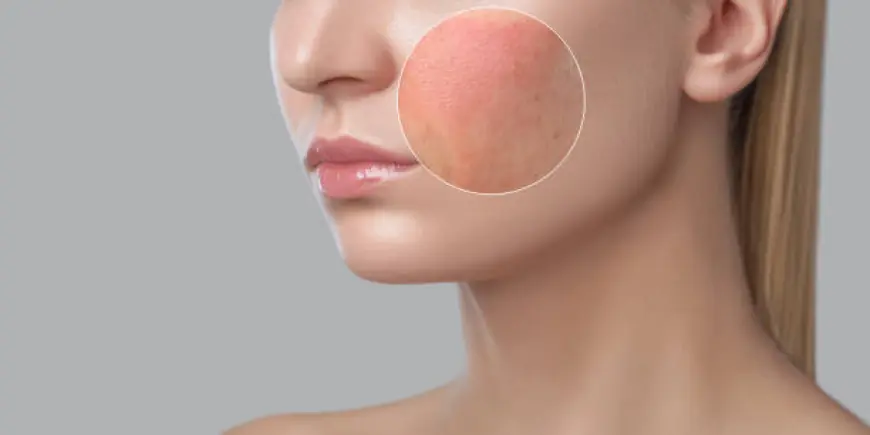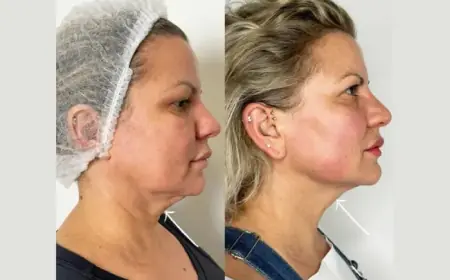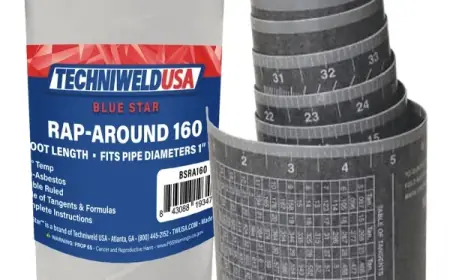Large Pores: Targeted Treatments That Work
Discover effective targeted treatments for large pores—both at home and in-clinic—for a visibly smoother complexion.

Do you feel like your pores are the first thing people notice when they look at your face? You’re not alone. Large pores treatment is one of the most common skin concerns, especially in hot climates or for those with oily skin. The good news? You don’t have to settle for visible pores. With the right, targeted treatments, you can dramatically improve your skin’s texture and reduce pore appearance.
This article explores tried-and-tested treatments—from dermatologist-backed products to advanced clinical procedures—that are designed specifically to target and minimize large pores.
Why Pores Enlarge: A Quick Recap
Before we dive into treatments, it helps to know why pores become visible in the first place. The top causes include:
-
Excess oil (sebum) production
-
Clogged pores from dead skin or makeup
-
Loss of skin elasticity with age
-
Genetics and skin type
-
UV damage
When the walls of your pores stretch or get filled with oil and debris, they appear larger. That’s where targeted treatments come in—to clean, shrink, and tighten those pores.
Best Over-the-Counter Treatments for Large Pores
✔ Salicylic Acid
This beta-hydroxy acid (BHA) is a go-to for oily and acne-prone skin. It penetrates deep into the pores to dissolve oil and exfoliate from within.
How to use: Start with a 0.5% to 2% concentration in a cleanser, toner, or serum.
✔ Niacinamide
Niacinamide (Vitamin B3) regulates oil production, improves skin texture, and helps shrink pore appearance.
How to use: Apply a serum containing 5–10% niacinamide daily after cleansing and before moisturizing.
✔ Retinoids
Topical retinoids (like retinol) increase cell turnover and stimulate collagen, helping to tighten pores over time.
How to use: Use at night, 2–3 times per week initially, then build up. Pair with sunscreen during the day.
✔ Clay Masks
Clay absorbs excess oil and pulls out impurities. Look for kaolin or bentonite clay masks.
How to use: Once or twice a week, especially on the T-zone or oily areas.
✔ AHAs (Alpha Hydroxy Acids)
AHAs like glycolic and lactic acid exfoliate the surface of the skin and smooth texture, improving pore visibility.
How to use: Apply in the form of toners, pads, or masks, depending on your skin sensitivity.
In-Clinic Treatments That Deliver Results
Home treatments are a great start, but for deeper results, professional procedures offer precision and power.
1. HydraFacial
This multi-step treatment deeply cleanses, exfoliates, and infuses the skin with serums. It clears clogged pores and improves hydration.
Best for: Oily and combination skin, acne-prone skin, dull texture.
2. Microneedling
Tiny needles create micro-injuries that stimulate collagen and elastin production, helping pores appear tighter and skin smoother.
Best for: Aging skin, acne scars, texture issues.
3. RF Microneedling
Combines microneedling with radiofrequency energy to tighten the skin at deeper levels, offering faster and more noticeable results.
Best for: Mature skin with visible pores and loss of elasticity.
4. Chemical Peels
Professional peels use stronger acids like salicylic, glycolic, or TCA to remove dead skin, unclog pores, and stimulate renewal.
Best for: Oily skin, blackheads, uneven tone.
5. Laser Resurfacing (e.g., Fractional CO2)
Laser treatments remove the damaged top layers of skin and boost collagen growth, resulting in smoother texture and smaller pores.
Best for: Deep pores, sun damage, aging skin.
Combo Treatments for Maximum Effect
Sometimes, the most effective approach is to combine therapies:
-
HydraFacial + Chemical Peel: Clears and renews the skin in one session.
-
RF Microneedling + Retinol: Strengthens the skin barrier and improves pore tightness.
-
Laser + PRP (Platelet-Rich Plasma): Enhances skin healing and collagen production.
Your dermatologist will recommend the best combo based on your skin type and severity of pore enlargement.
Lifestyle Habits That Complement Treatment
Even the best treatments can be undone by poor habits. Here’s how to make sure your results last:
-
Use SPF daily: Sun damage destroys collagen and expands pores.
-
Clean your face twice a day: Especially important if you wear makeup or sweat frequently.
-
Avoid pore-clogging ingredients: Look for products labeled “non-comedogenic.”
-
Don’t sleep with makeup on: It can clog pores overnight.
-
Eat skin-friendly foods: Think omega-3s, antioxidants, and lots of water.
The Importance of Consistency
One-off treatments can improve your skin temporarily, but consistency is key to keeping large pores under control. Stick to a routine for at least 4–6 weeks to see meaningful results. For clinical procedures, multiple sessions may be required depending on the condition of your skin.
Results Timeline: What to Expect
| Time Frame | Expected Results |
|---|---|
| 1–2 weeks | Smoother skin texture, less oil |
| 4–6 weeks | Smaller-looking pores, fewer blackheads |
| 2–3 months | Firmer, tighter skin with enhanced glow |
| 6+ months | Long-term collagen regeneration, minimized pores |
Keep in mind that aging, hormonal changes, or stress can still affect your skin—so maintenance is essential.
Final Thoughts
Large pores are incredibly common, but you don’t have to let them steal the spotlight. With the right combination of at-home care, clinical treatments, and healthy lifestyle habits, you can significantly reduce their visibility and achieve the smooth, refined complexion you deserve.
If you're looking for expert support, Tajmeels Clinic offers customized treatment plans using advanced technology and skin-safe techniques to target large pores. Their dermatology team can help guide your journey toward clearer, tighter, and more radiant skin.
FAQs: Targeted Treatments for Large Pores
Q1: Can large pores actually shrink?
Pores can't be permanently shrunk, but their appearance can be reduced significantly with treatment.
Q2: Is retinol safe for all skin types?
Yes, but sensitive skin may need a lower concentration and slower introduction to avoid irritation.
Q3: How often should I get a HydraFacial?
Every 4–6 weeks is ideal for maintaining results and keeping pores clean.
Q4: Do laser treatments hurt?
Some discomfort is normal, but topical numbing cream is usually applied beforehand to minimize pain.
Q5: Will my pores come back after treatment?
If you stop maintaining your skincare and treatments, yes, pores can enlarge again. Long-term care is essential.
What's Your Reaction?
 Like
0
Like
0
 Dislike
0
Dislike
0
 Love
0
Love
0
 Funny
0
Funny
0
 Angry
0
Angry
0
 Sad
0
Sad
0
 Wow
0
Wow
0























































